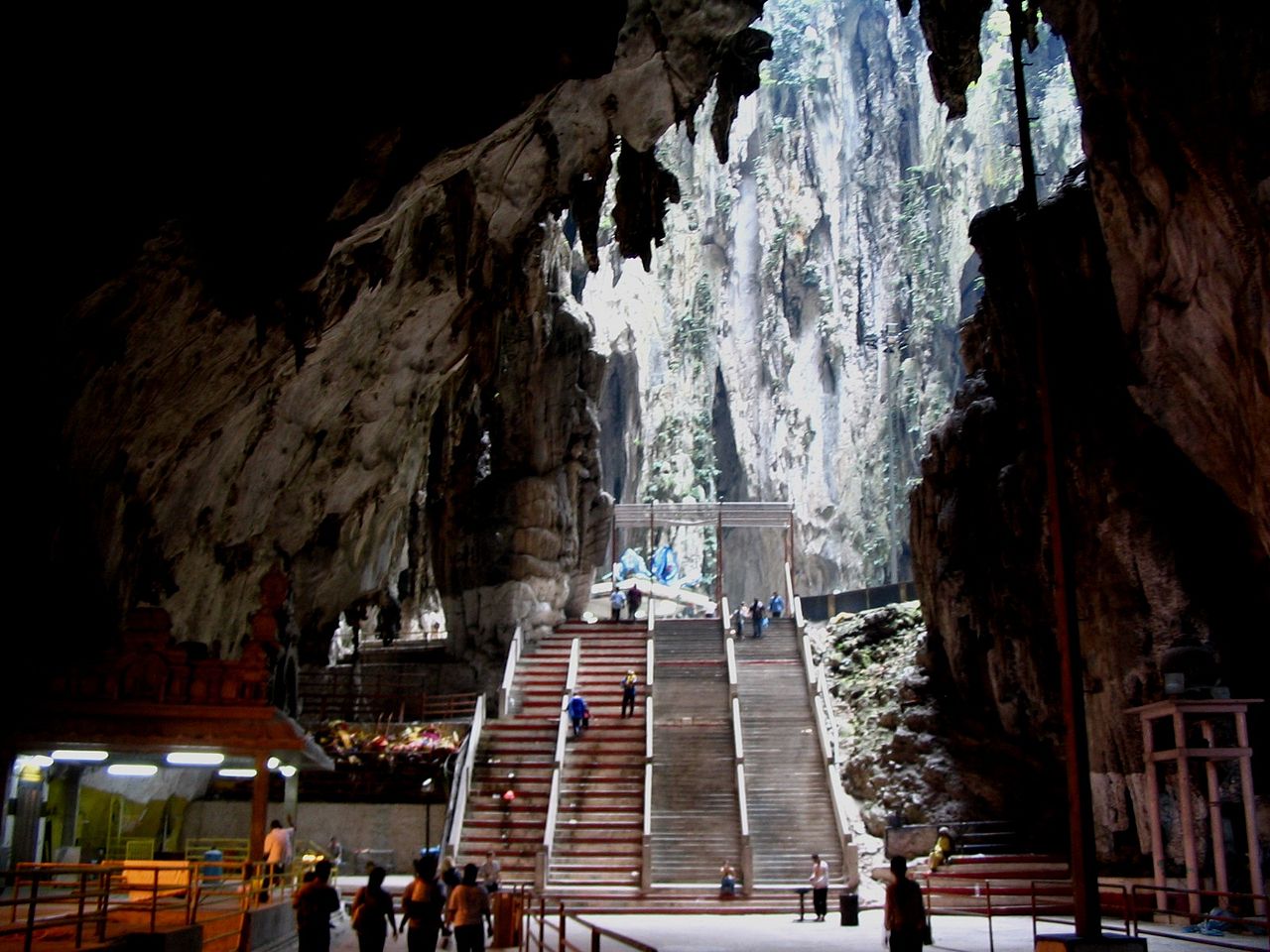
AsianOverland.net
Tour Guide - Itinerary
Asian Overland Sydney to London
Started 22/06/2022 Finished 21/06/2023365 Days ITINERARY
Day 347 date 03/06/2023PENANG to KUALA LUMPUR, MALAYSIA
ASIANOVERLAND.NET SYDNEY TO LONDON DAY 55/347: KUALA LUMPUR, MALAYSIA
Kuala Lumpur, or KL, is a Federal Territory and the capital city of Malaysia. It is one of the fastest growing cities in Asia and the largest in Malaysia, covering an area of 243 km2. Greater Kuala Lumpur, including the Klang Valley, has a population of 8 million people.
Historically, Kuala Lumpur was a predominantly Chinese city, although the Malay and Bumiputera parts of the city have grown substantially and have now exceeded the Chinese.
Chinese miners were involved in tin mining up the Selangor River in the 1840s about 16 kilometres north of present-day Kuala Lumpur. Sumatrans were also involved in tin mining and trade in the Klang region before 1860. Kuala Lumpur was originally just a few houses and shops at the confluence of the Sungai Gombak and Sungai Klang (Klang River).
Kuala Lumpur became established as a town in 1857 when the Malay Chief of Klang raised funds from Malaccan Chinese businessmen to hire Chinese miners to open new tin mines. The miners landed at Kuala Lumpur and continued on foot to Ampang, where they opened the first mine. Kuala Lumpur was the furthest point up the Klang River where supplies could easily be brought by boat, and became a collection and dispersal point serving the tin mines.
The Kuala Lumpur of 1872 beside the Klang River was described as a "purely Chinese village". By 1875, after participation in the Selangor Civil War by Pahang Malays had ended, there were 1,000 Chinese and 700 Malays in KL, many of the Malays settling in KL after the Civil War. The population of Kuala Lumpur had increased to around three thousand in 1880, when it was made the capital of Selangor.
A significant component of the Malay population in Kuala Lumpur consisted of Malays recruited by the British in 1880, mostly from rural Malacca, to establish a police force of 300, many of whom brought their families. Many of the KL Malays were originally from other islands of the Malay Archipelago, especially Sumatra and Java.
A census in 1891 gave a population of 44,000 inhabitants, 79% of whom were Chinese, 14% Malay, and 6% Indian.
The rubber boom in the early 20th century led to a further increase in population (including my grandparents), from 30,000 in 1900 to 80,000 in 1920. In 1931, 61% of Kuala Lumpur's 111,418 inhabitants were Chinese, and in 1947, 63.5%.
Malays began to settle in Kuala Lumpur in large numbers due to government employment and the expansion of KL into the surrounding rural areas where many Malays lived. Between 1947 and 1957 the population of Malays in Kuala Lumpur increased from 12.5 to 15%, while the proportion of Chinese dropped. The process continued after Malayan independence with the growth of a predominately Malay civil service, and later the implementation of the New Economic Policy which encouraged Malay participation in urban industries and business. In 1980 the population of Kuala Lumpur exceeded a million, with 52% Chinese, 33% Malay, and 15% Indian.
The limestone forming Batu Caves near Kuala Lumpur is around 400 million years old, and some of the caves were used as shelters by the indigenous Temuan people (a tribe of Orang Asli).
Batu Caves was promoted as a place of worship by K. Thamboosamy Pillai, an Indian Tamil trader. He was inspired by the vel-shaped entrance of the main cave (it looks like Parvatti's divine spear) and dedicated a temple to Lord Murugan within the caves. In 1890, Pillai, who also founded the KL Sri Mahamariamman Temple, installed the murti (consecrated statue) of Sri Murugan Swami in what is today known as the Temple Cave. Since 1892, the Thaipusam festival in the Tamil month of Thai (late January/early February) has been celebrated at Batu Caves.
Wooden steps up to the Temple Cave were built in 1920, and two flights of concrete stairs to the upper caves were completed in 1940. The largest and best known cave is the Temple Cave, which contains many Hindu shrines under its high vaulted ceiling.
The Batu Cave hill and its caverns contain numerous species of plants and animals, many specialised for limestone environments. A total of 269 species of vascular plants (like lady-fern and lemon basil) have been recorded at the site.
There are also undeveloped caves which contain a diverse range of cave fauna, including some unique species, such as trapdoor spiders. The caves have 21 species of bats, including several species of fruit bats. The site is also well known for its numerous long-tailed macaques, which visitors feed, involuntarily (be careful!!!). These monkeys may pose a biting hazard to tourists (especially small children), as they are quite territorial.
Below the Temple Cave is the Dark Cave, with rock formations and a number of animals found nowhere else. It is a two-kilometer network of relatively untouched caverns. Stalactites jutting from the cave's ceiling and stalagmites rising from the floor form intricate formations such as cave curtains, flowstones, cave pearls and scallops, which took thousands of years to form.
During World War II, Kuala Lumpur was captured by the Imperial Japanese Army on 11 January 1942. The wartime occupation of KL resulted in significant loss of lives - at least 5,000 Chinese were killed in Kuala Lumpur in just a few weeks of occupation by Japanese forces, and thousands of Indians were sent as forced labour to work on the Burma Railway, where many died. The Japanese Army occupied KL until 15 August 1945, when the commander in chief of the Japanese Seventh Area Army in Singapore and Malaysia surrendered to the British and Australians, following the atomic bombings of Hiroshima and Nagasaki.
© This work is copyright. Apart from any use permitted under the Copyright Act 1968, no part may be reproduced by any process, nor may any other exclusive right be exercised, without the permission of Peter Searle, peter@portseavillageresort.com; 1980-2024.
Website built by Justin O’Dea www.webdeveloperdocklands.com.au
.jpg)
.jpg)
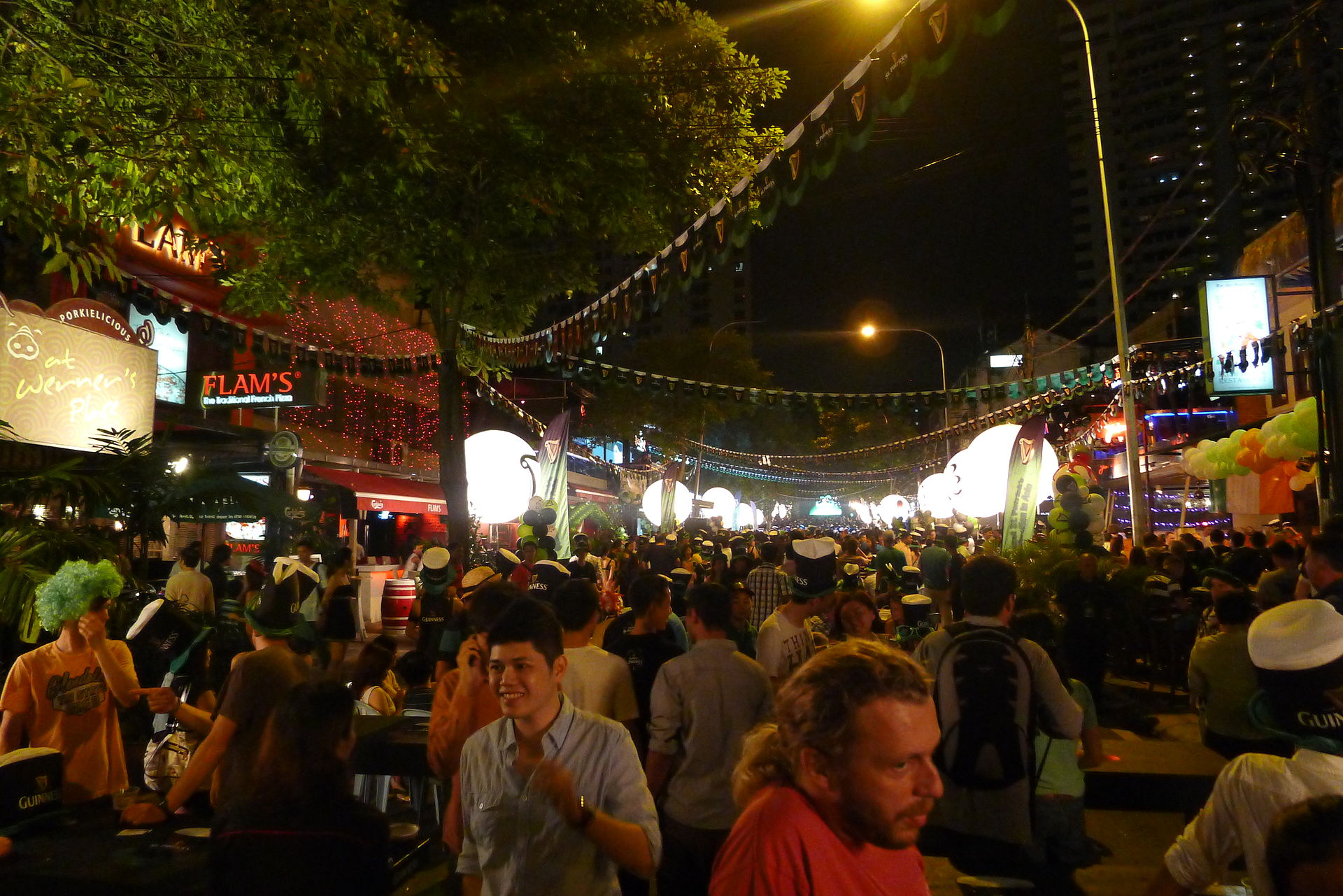
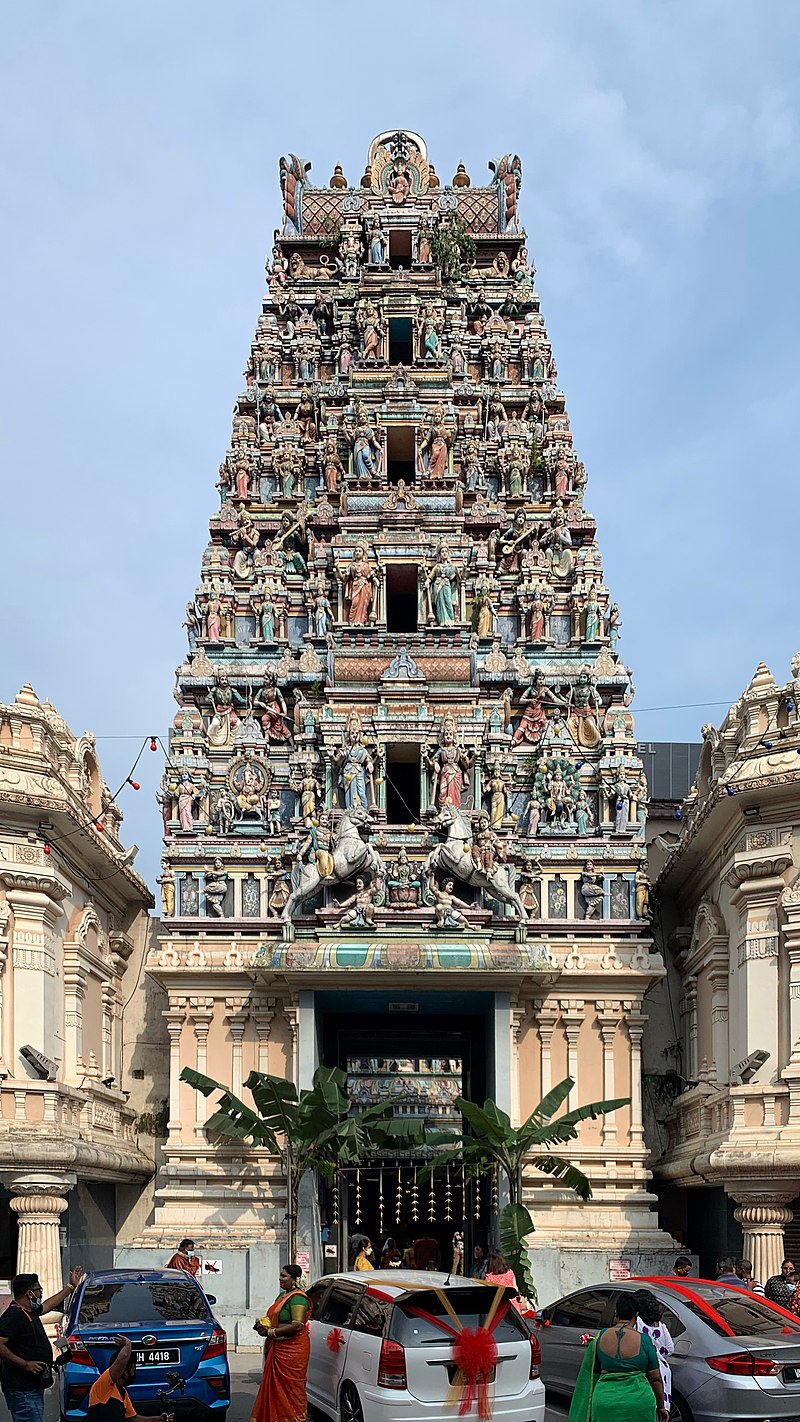
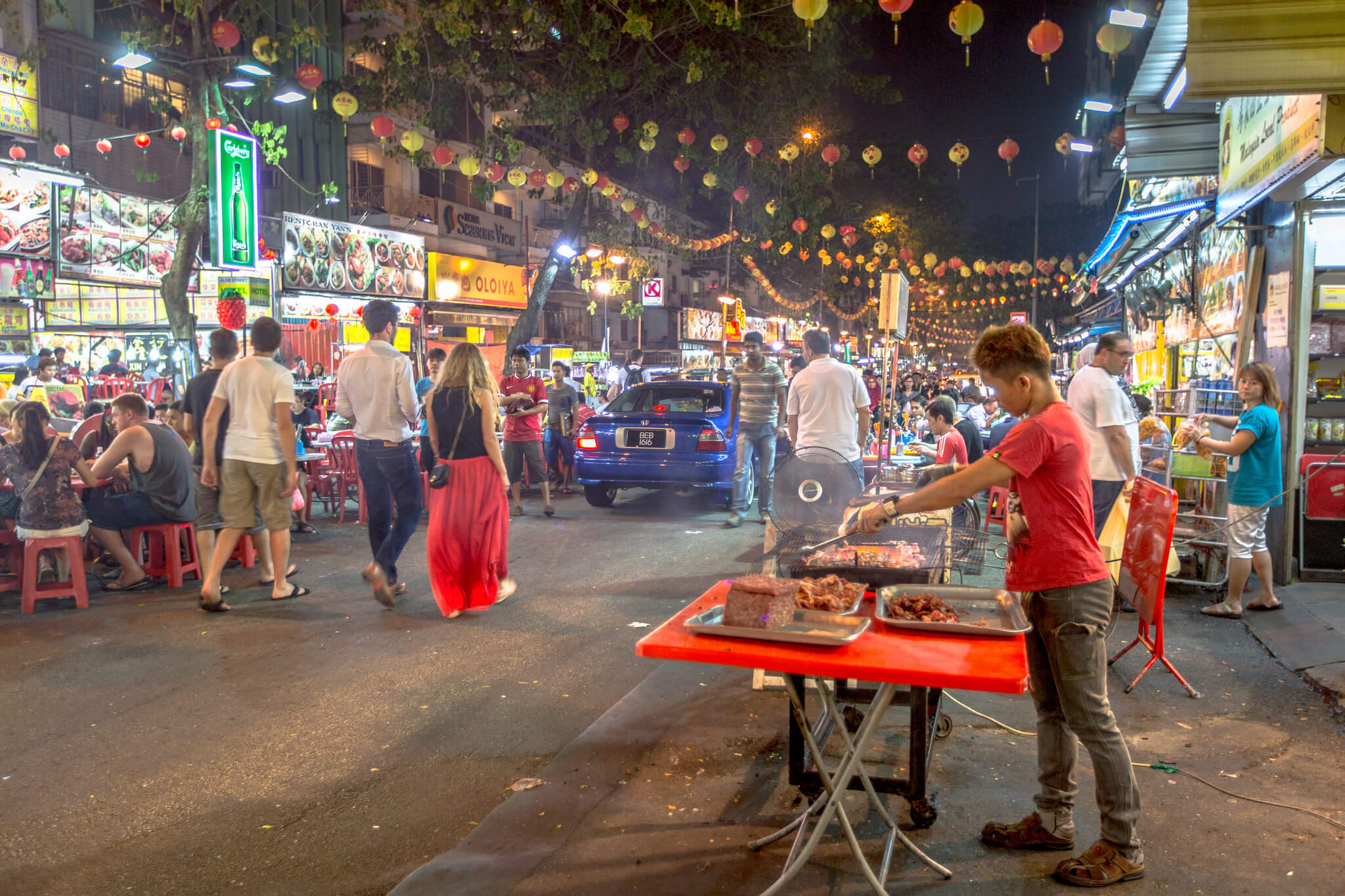
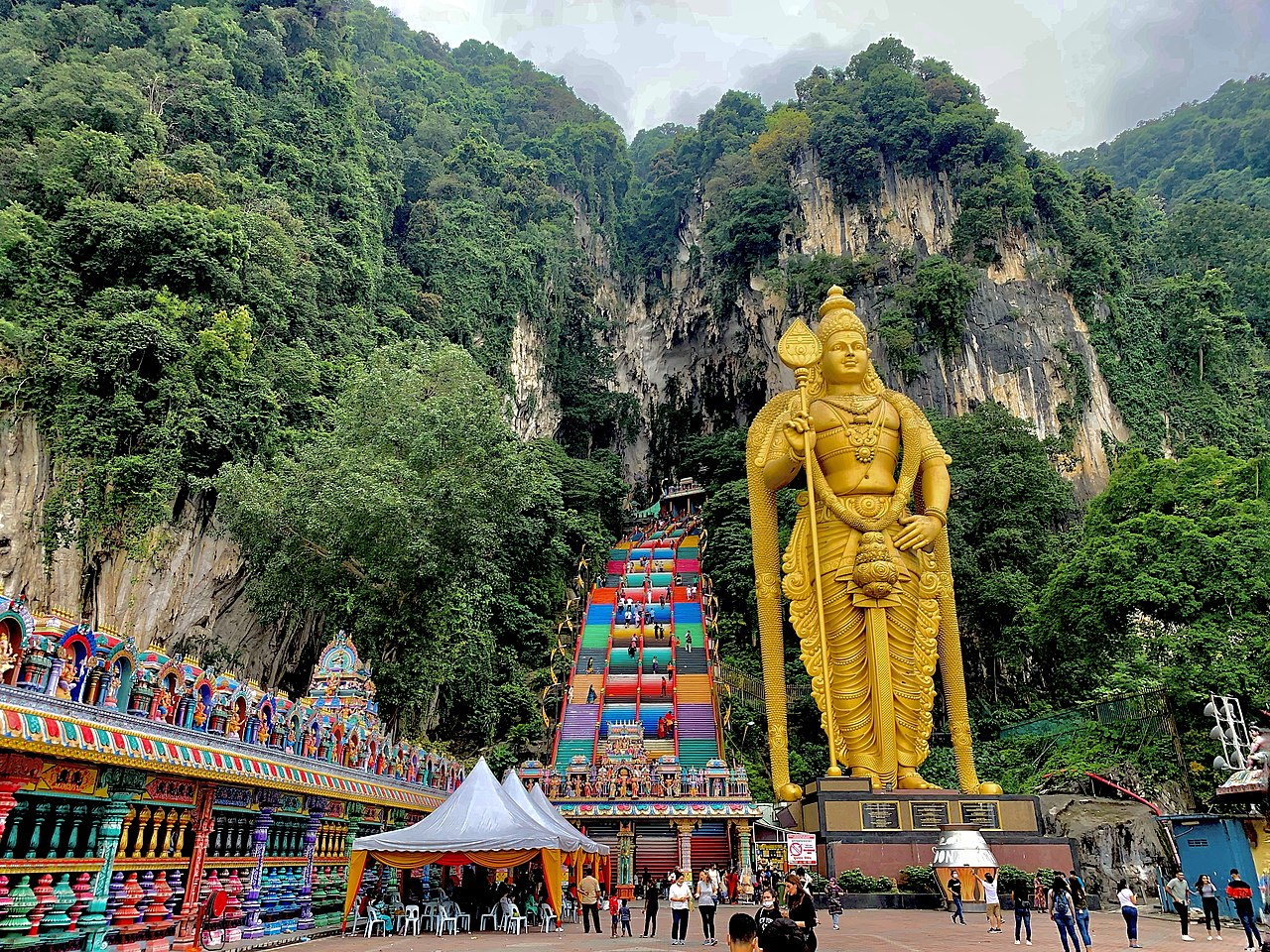
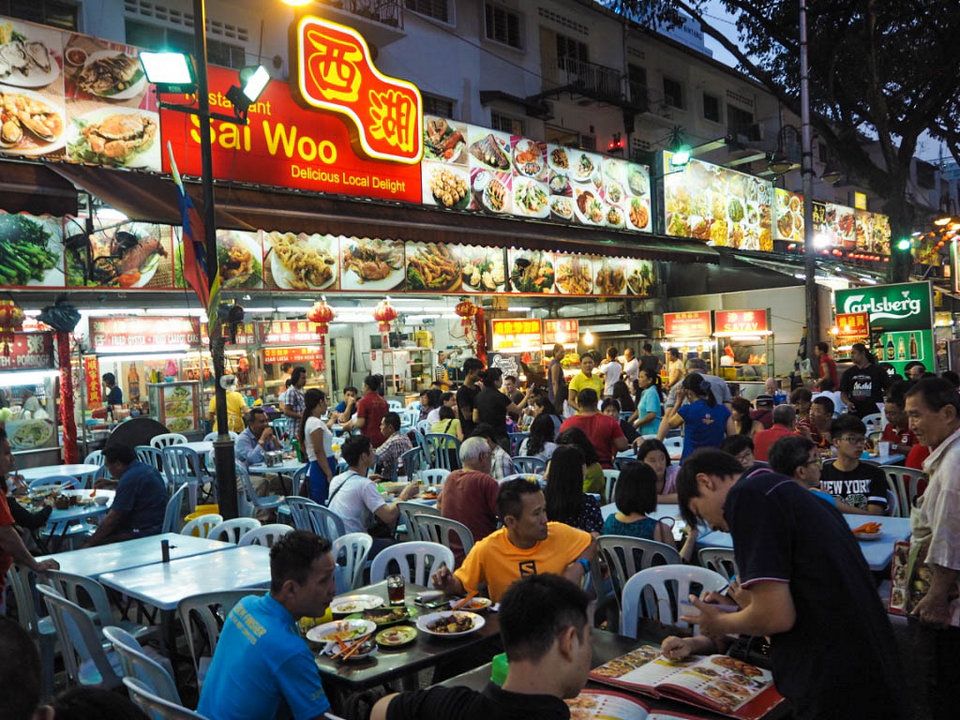
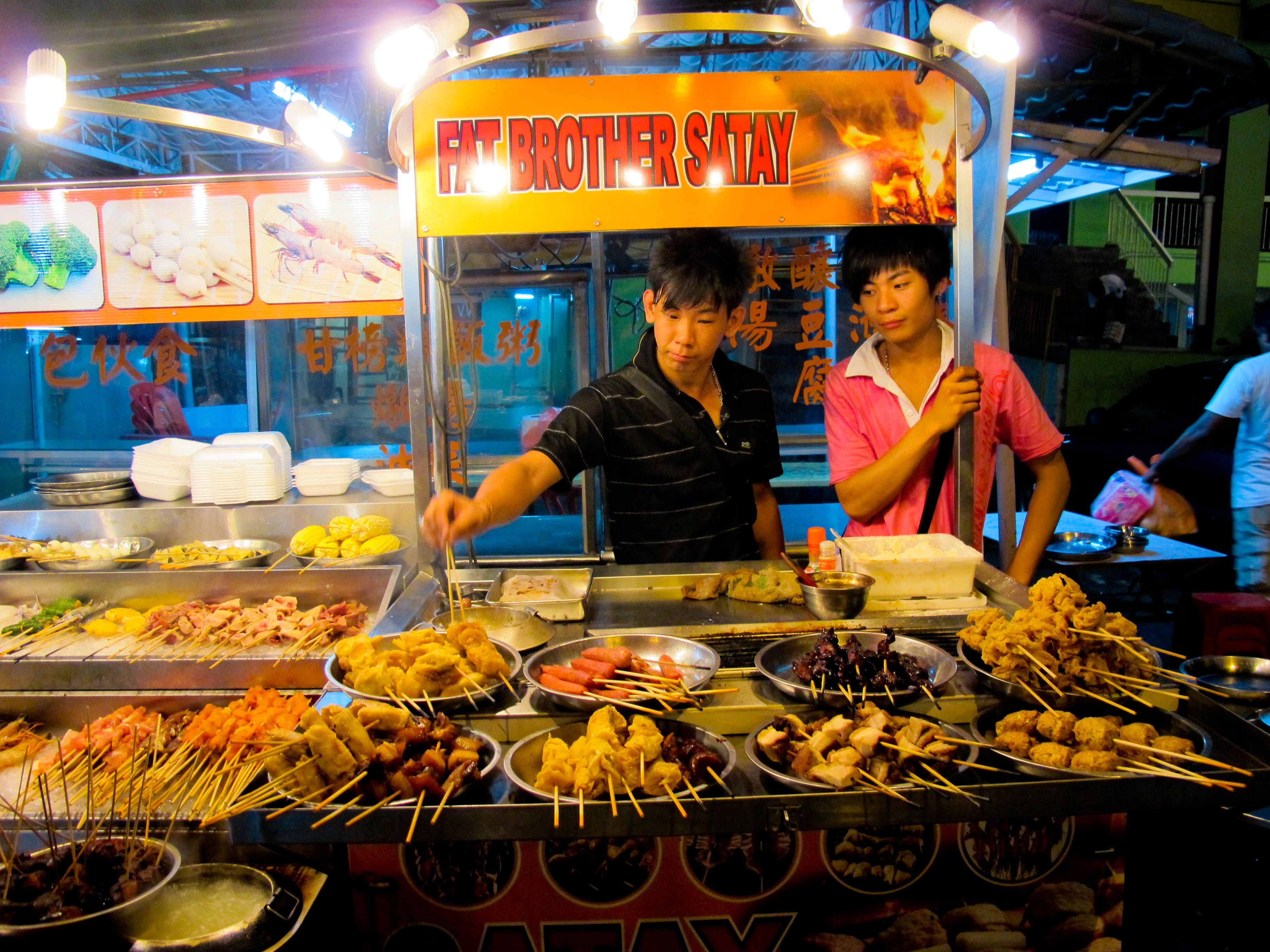
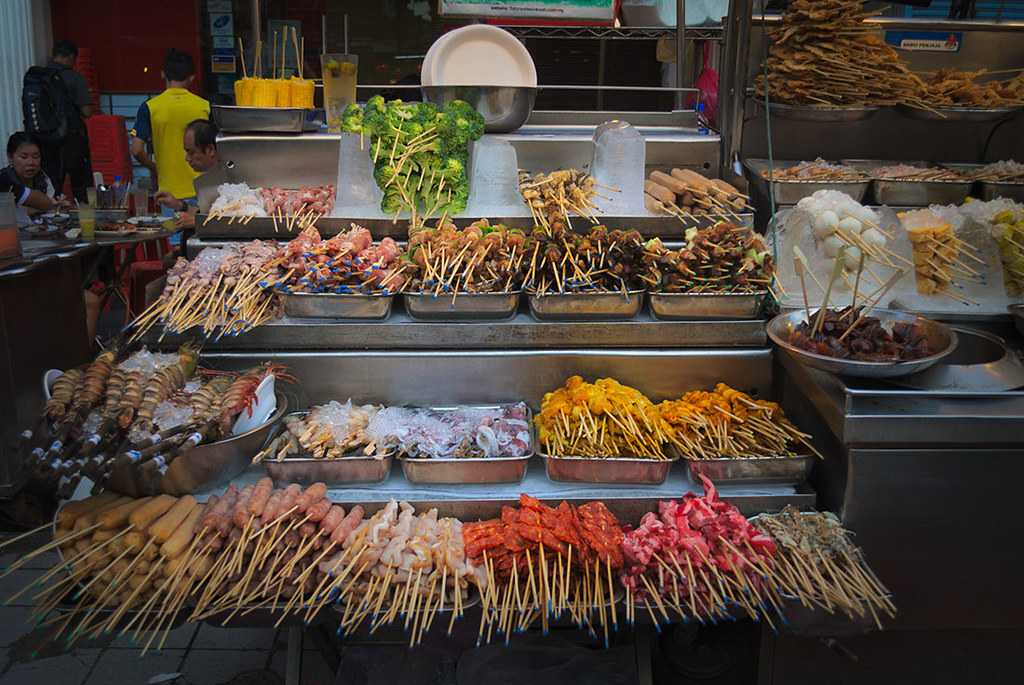
.jpg)

